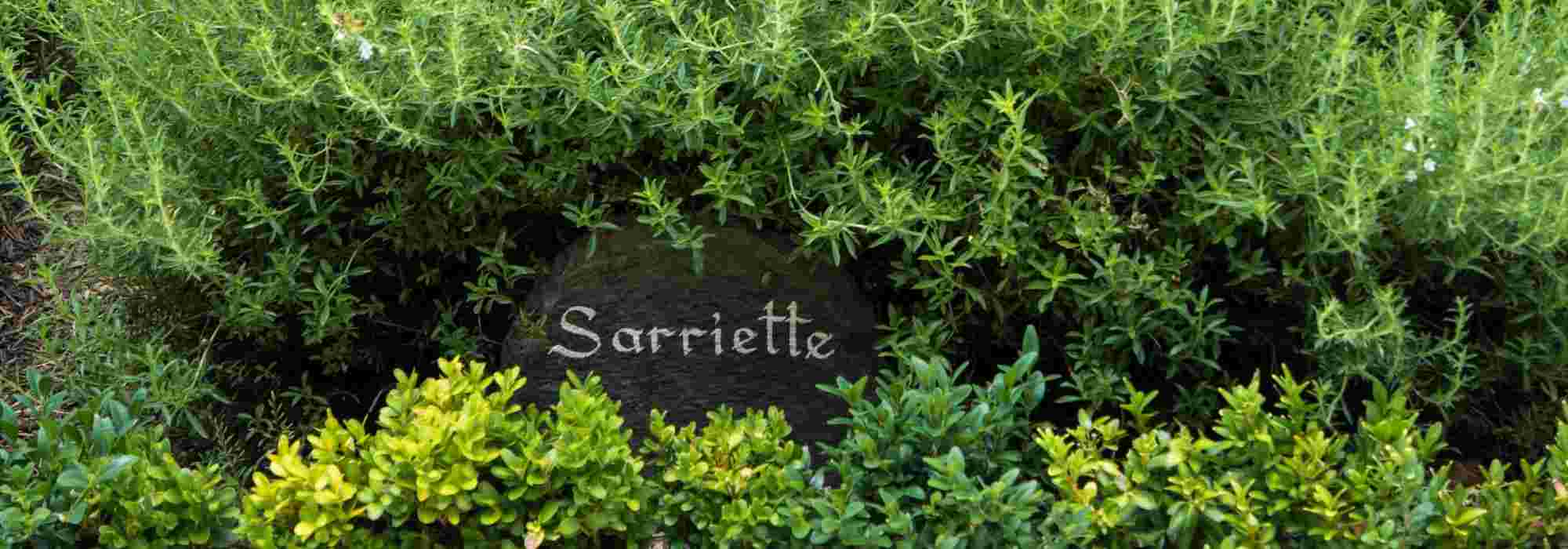
Garden: choosing the right labels
Our tips to make the right choice!
Contents
“Hadn’t I planted bellflowers and a Dicentra here? Or were those perennial daisies…” To avoid that kind of mishap, fortunately there is a memory-saving solution: label plantings with garden labels! Square, round, rectangular, heart- or diamond-shaped, slate, wood, metal or plastic, to plant or hang in flowerbeds, at the base of a potted plant, in planters or in a floral arrangement, there are almost as many kinds of labels as plants in nature… not easy to find one’s way in this jungle of labels!
Which design to choose, which size and which material will be best? Why should I label my plants? What should I write on these labels?
Discover how to make the right choice according to use and your labelling needs in the garden, in the vegetable patch, in the orchard, and even on the terrace!
Why putting labels in your garden? What are the benefits?
Labels provided when buying seed packets or your plants deteriorate quickly: sun and rain soon render them illegible. Plant names fade in no time, leaving you at a loss when some perennials or bulbs vanish underground in winter and become potentially endangered by an unfortunate spade blow. None of that will happen once you have written on your labels everything that must not be forgotten.
Marking location of your plantings avoids many headaches: garden labels are gardeners’ memory aids. They remind gardeners in a playful and decorative way what was sown or planted in each spot. At a glance, they allow identification of plants: a label is a kind of botanical identity card.
→ In the vegetable garden, placed at the start of rows, they create markers between sowing lines and plantings.
→ In the orchard, they hang from branches to help identify fruit trees or small-fruited bushes.
→ In the ornamental garden, they are useful for listing plant names with precision and rigour or for giving information on their origins, becoming the ultimate must-have for collectors!
Other advantages: they help accessorise garden and spark conversations with children, notably to awaken their interest in nature, or with visitors about names of flowers, bushes, fruit and vegetables. In short, they combine the practical with the enjoyable!
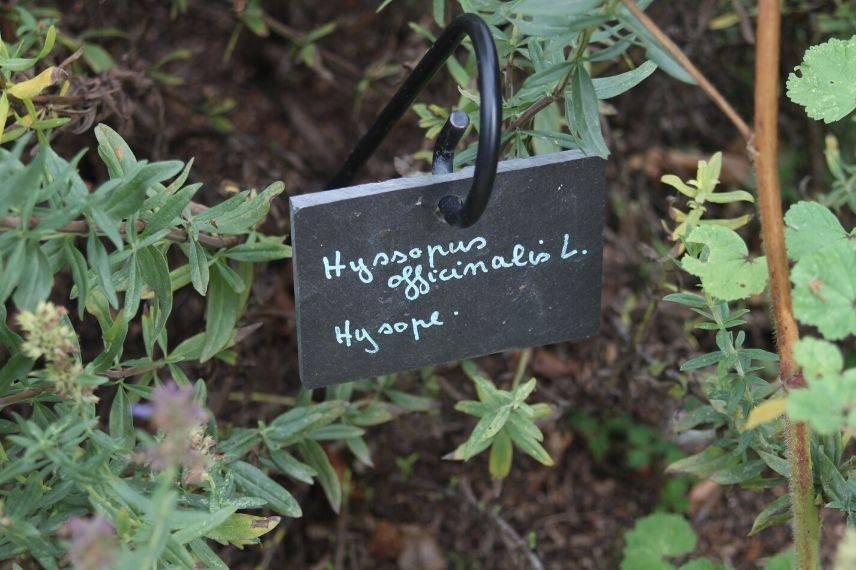
Read also
Garden tools: essentialsWhat type of label for which plants?
Type of labelling depends primarily on intended use: identifying a plant, informing about varieties grown, indicating a planting date, better organising a plot, recording an observed disease or treatments given. A garden label is never purely decorative; it is above all informative — which is not incompatible with aesthetics! To achieve this, there are two types of labels:
- To hang from the plant using a tie (string, raffia, …)
- To plant directly in the soil at the foot of the plant
For my shrubs and perennial plants
Not always easy to tell weed from desired plant in perennial beds! Label your plants with labels to be planted on tall stakes. Highly visible hanging labels can also be very useful to record plant names in your beds and borders. Choose plaques large enough to be read from a distance or amid dense foliage.
For my bulbs
We can recommend bulb markers: labels specially designed for marking bulb plantings to avoid accidentally digging them up if they have not been spotted beforehand.
For my sowings
Prefer short labels with pointed ends that can be planted directly into soil or compost. They always provide enough space to write the name of the plant.
For my vegetable garden
Choose “technical” labels, easy to mark with an erasable pencil (chalk marker type) on both sides, rather short to plant directly in the soil: they can be reused year after year to name your crops. They are designed to allow the gardener to spot various plantings of vegetables and sowing with ease.
For my orchard
Use labels made from durable materials equipped with an attachment tie allowing them to be hung directly on branches, stems or around shoots of fruit trees.
Discover other Garden labels
View all →Available in 1 sizes
Available in 1 sizes
Available in 1 sizes
Available in 1 sizes
Available in 1 sizes
Which label model should I choose?
Plastic, slate, metal or even wood, garden labels come in a variety of materials. It can be hard to choose. Durability, frequency of use and decorative value are criteria to consider. Each material has its qualities and sometimes the virtues of its faults.
Outdoors, labels will be exposed to damage from rain, sun and wind, so they must be weather-resistant and stand the test of time. Choose robust, corrosion-resistant materials such as slate, plastic, aluminium, zinc or copper. Indoors, in a conservatory, winter garden or greenhouse, you have more freedom and can opt for less all-terrain labels, in wood or ceramic. Quick overview :
- Slate labels: natural, durable, maintenance-free and attractive, they punctuate beds or mixed borders with harmony and elegance. Slate labels are highly resistant to weather-related hazards and can be pushed into soil without risk of rotting. Ranging from grey to black, they add a decorative vintage touch to garden. They also feature in more contemporary, mineral compositions. Plant name or any information can be written with simple chalk, a chalk marker, a graphite pencil or white paint.
- Metal labels, in copper or aluminium: lightweight and corrosion-resistant, they withstand heat and time well. They can therefore be reused many times. Use a permanent marker to record what you want to remember. Aluminium is arguably the most technical material favoured by demanding gardeners. Copper, meanwhile, always makes an impression as it naturally develops a lovely green patina over time. The copper labels have an inimitable charm and blend perfectly into vegetation.
- Labels in wood: ecological and recyclable, they are inseparable from a natural garden. In oak, chestnut or coloured wood, they are particularly resistant to sun and rain. labels in wood can be repainted at will to extend their lifespan and be reused to note name of a new plant.
- The plastic labels: they are made from polypropylene or acrylic, depending on model, two materials that withstand time well. They can therefore be reused. Plant name can be written with a water-erasable chalk marker or a permanent marker.
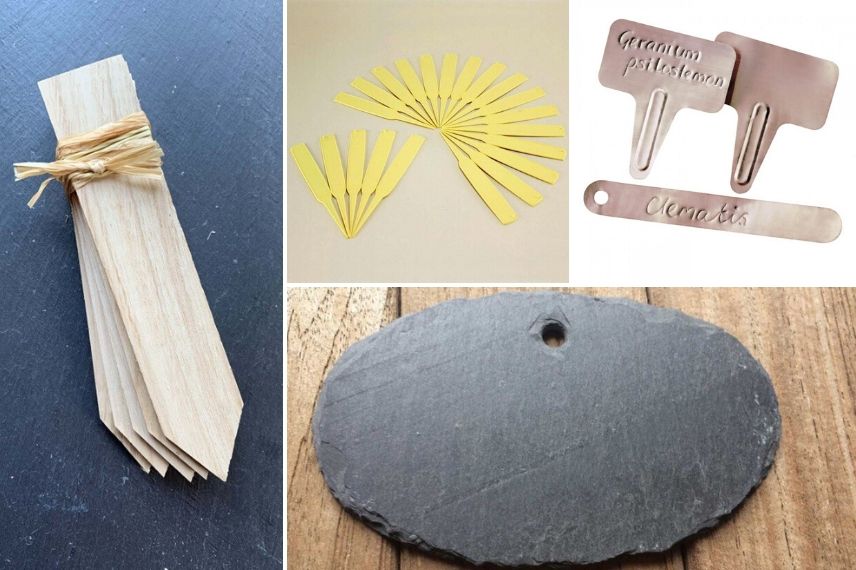
Labels: different materials available
→ Discover our full range of garden labels
What to use to write on your labels?
There are several solutions, resistant to moisture and sunlight, to mark your garden labels for the long term, whether made of slate, plastic, wood or metal:
- Chalk pens : perfect for writing on labels made of slate, metal or acrylic
- Graphite pencils : particularly suitable for marking labels made of wood
- Permanent markers : suitable for writing on all labels made of wood, acrylic, metal or slate
→ Discover our full range of label pens
- Subscribe!
- Contents































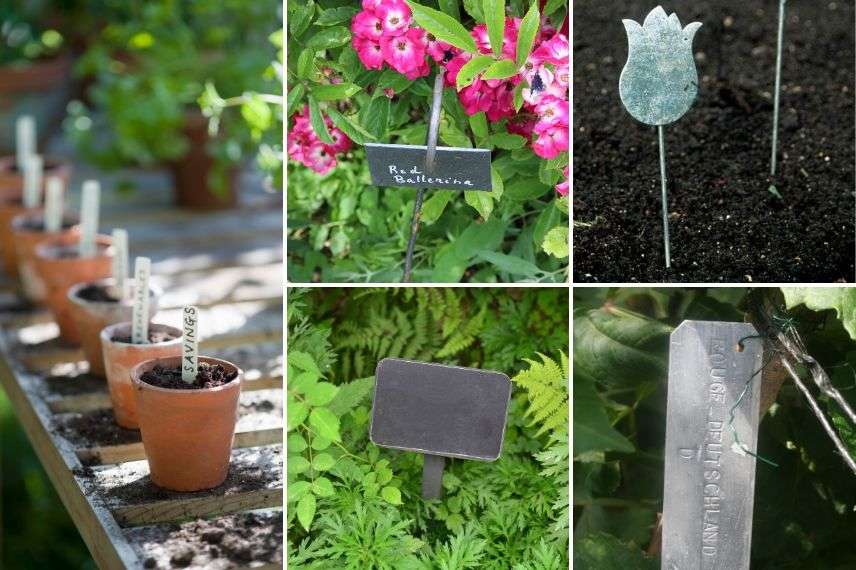
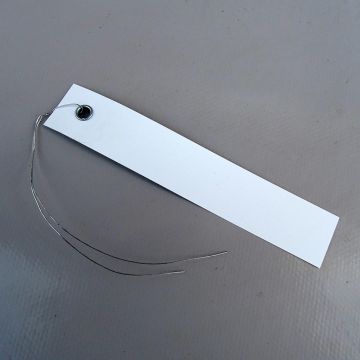
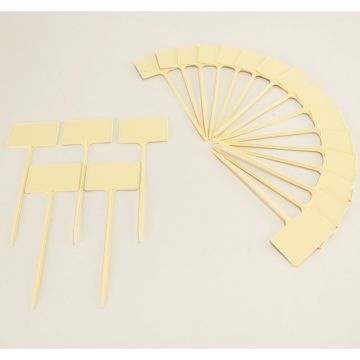
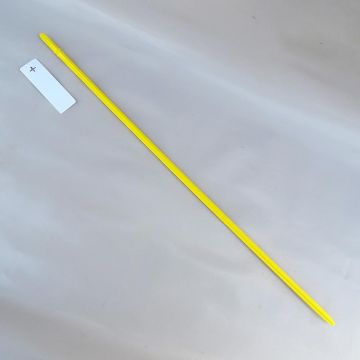
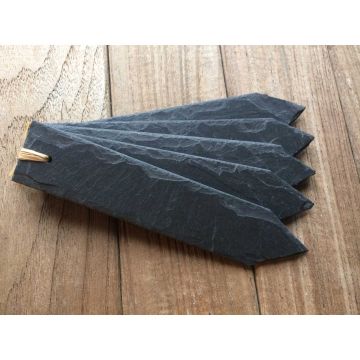
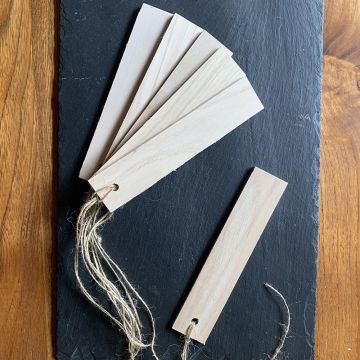
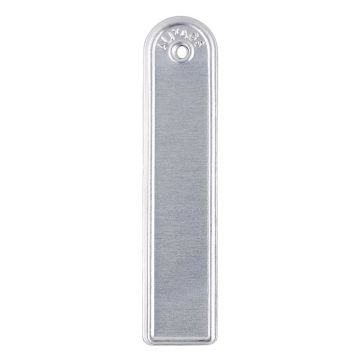
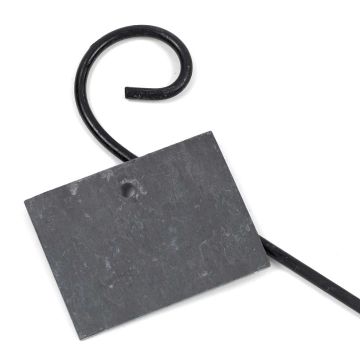
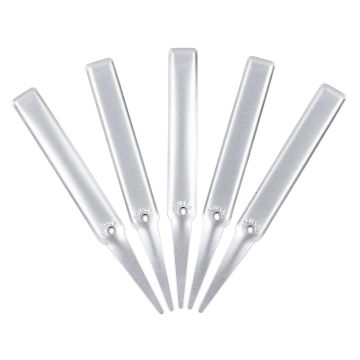
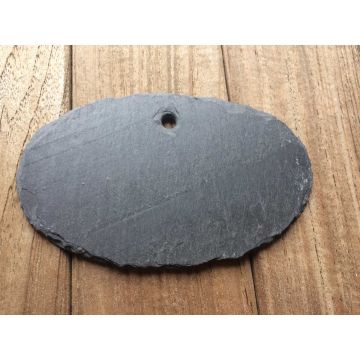
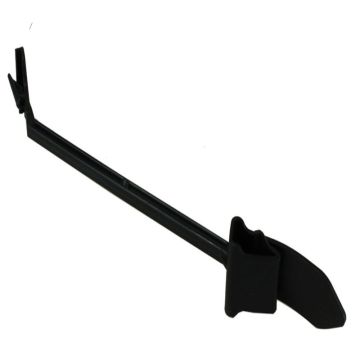
Comments